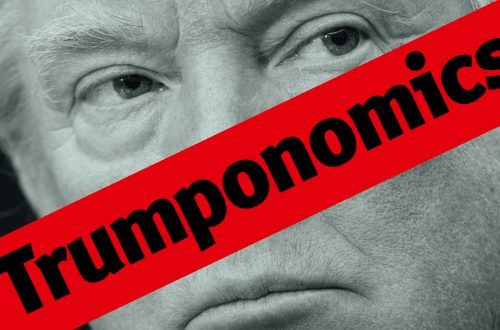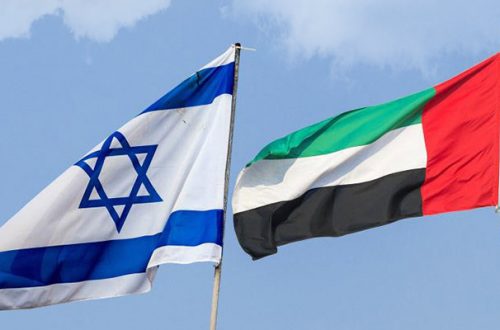The story of the Muslim Brotherhood’s first steps, over forty years ago, towards gaining a foothold in Europe is a salutory tale, and a warning against the dangers of cutting a deal with the British section of the Muslim Brotherood: the Muslim Association of Britain.
It also is a good illustration of the shortcomings of those who seek to criticise Islamism by reference to verses from the Quran and the Hadiths. Islamism is a political movement. Ignore that, and those of us who care about secularism, pluralism and democracy not just for Muslims, but for everybody, will have no chance of defeating it.
Yet the victor wasn’t any of these Cold War combatants. Instead, it was a movement with an equally powerful ideology: the Muslim Brotherhood. Founded in 1920s Egypt as a social-reform movement, the Brotherhood became the fountainhead of political Islam, which calls for the Muslim religion to dominate all aspects of life. A powerful force for political change throughout the Muslim world, the Brotherhood also inspired some of the deadliest terrorist movements of the past quarter century, including Hamas and al Qaeda.
The story of how the Brotherhood exported its creed to the heart of Europe highlights a recurring error by Western democracies. For decades, countries have tried to cut deals with political Islam — backing it in order to defeat another enemy, especially communism. Most famously, the U.S. and its allies built up mujahadeen holy warriors in 1980s Afghanistan to fight the Soviet Union — paving the way for the rise of Osama bin Laden, who quickly turned on his U.S. allies in the 1990s.
Munich was a momentous early example of this dubious strategy. Documents and interviews show how the Muslim Brotherhood formed a working arrangement with U.S. intelligence organizations, outmaneuvering German agencies for control of the former Nazi soldiers and their mosque. But the U.S. lost its hold on the movement, and in short order conservative, arch-Catholic Bavaria had become host to a center of radical Islam.
“If you want to understand the structure of political Islam, you have to look at what happened in Munich,” says Stefan Meining, a Munich-based historian who is studying the Islamic center. “Munich is the origin of a network that now reaches around the world.”
Political and social groups affiliated with the Muslim Brotherhood now dominate organized Islamic life across a broad swath of Western Europe. These connections are frequently little known, even by the intelligence services and police agencies of these countries.
While these groups renounce terrorism and officially advocate assimilation, the upshot of their message is that Europe’s Muslims — now representing between 5 percent and 10 percent of the continent’s population — need to be walled off from Western culture. This in turn has helped create fertile ground for violent ideas. Islamic terrorists have increasingly used Europe as a launching pad for their attacks, from the Sept. 11 assault on the U.S. to last year’s bombing of trains in Madrid.
Read this Wall Street Journal article along with the first part in full and bookmark it.
Hat Tip: JP


